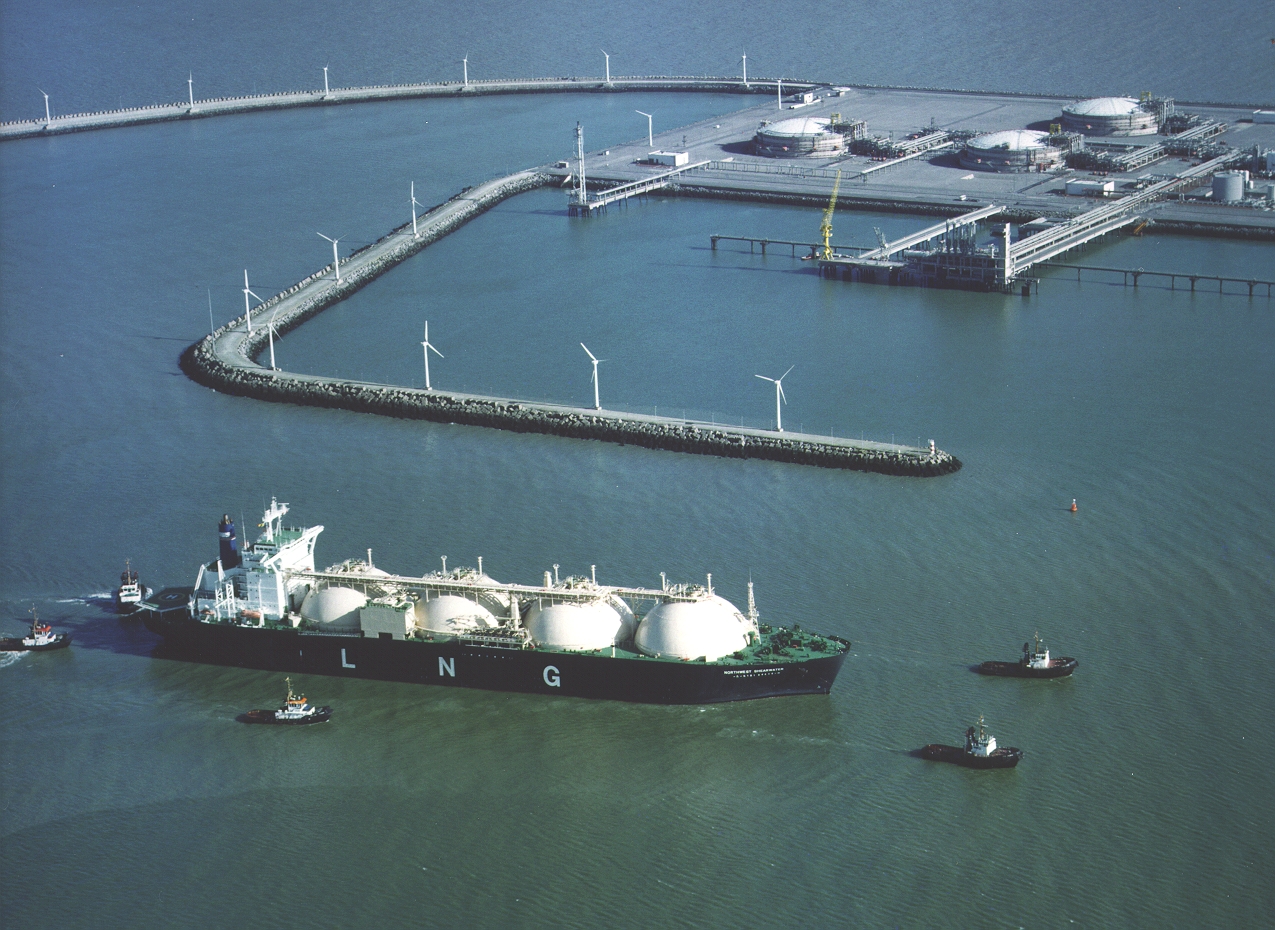Natural gas
Natural gas is mainly composed of methane (CH4, i.e. one atom of carbon and four atoms of hydrogen) and is classed as a hydrocarbon. To start with, it is a colourless, odourless gas (an artificial odour is added to make it detectable).
Natural gas is a primary energy, which means that it is a form of energy found in nature before any transformation process takes place. It is formed by the slow decomposition of vegetable and animal micro-organisms over millions of years. Natural gas is found in underground geological strata in which it can be detected on its own (dry deposit) or together with oil (mixed deposit). These deposits are usually located at a depth of 1,000 to 4,000 metres.
Natural gas is a convenient, safe form of energy. It is regarded as the cleanest type of fossil fuel, producing minimal greenhouse gas emissions. Natural gas has many ecological advantages. For example, the combustion of natural gas gives off hardly any sulphur or particles. Moreover, potential emissions of unburned elements contribute very little to the formation of ozone in urban areas. Emissions of CO2 are 25% to 30% lower than those caused by oil, and at least 40% to 50% lower than those caused by coal, depending on the process used and the fuel quality.
Furthermore, natural gas is suitable for use with high-performance technologies:
- In the upstream energy sector, it can be used in combined-cycle or combined heat and power plants (for the production of both electricity and heating), which are 55% efficient, and in cogeneration units capable of more than 75% efficiency;
- Downstream, it can be used in condensing boilers capable of around 30% more output than older boilers. In addition, it can easily be combined with renewable energies (solar thermal in particular).
Liquefied natural gas (LNG)
Liquefied natural gas is a natural gas that has been condensed into a liquid state by being cooled to -163° (cryogenics). This reduces its volume by 600 times to take the form of a clear, transparent, odourless, non-corrosive, non-toxic liquid. LNG weighs about half as much as water.
After the liquefaction process, LNG turns into almost pure methane, since the other components of natural gas have been removed. The carbon dioxide needs to be extracted beforehand, otherwise it would solidify inside the LNG units and damage them. Hydrocarbons heavier than methane are collected and sold as a petrochemical commodity or fuel (liquefied petroleum gas, or LPG).
LNG is transported in ships called liquefied natural gas carriers. Most LNG carriers have a capacity of some 140,000 cubic metres, or around 70,000 tonnes. This is equivalent to 87 million cubic metres of gas being transported under standard conditions by gas pipeline.

Liquefied natural gas carrier
Once it has arrived at its destination, liquefied natural gas is stored at regasification terminals and then regasified when required.
There are four LNG terminals in France, at Fos Cavaou, Fos Tonkin, Montoir-de-Bretagne, and lastly Dunkirk, where the terminal opened in 2015.
The booming LNG market has revolutionized the global gas market. While it weighed 325 billion m3 or "bcm" in 2012, it has risen to 516 bcm in 2021 according to the BP Statistical Review. The largest producers in 2021 were Australia (108 bcm), Qatar (107 bcm), the United States (95 bcm) followed by Russia (40 bcm), Malaysia (34 bcm) and Nigeria (23 bcm). The United States in particular, buoyed by the unconventional gas revolution, has recently become a net gas exporter. This growth in the LNG market is helping to make gas markets more fluid and provide an energy alternative for Asia. China is the third largest consumer of gas behind the United States and Russia, but it still consumes a lot of coal. In this context, natural gas presents itself as the best alternative, profiling itself as the energy of transition towards a decarbonized society.
"LNG to serve the security of energy supply in Europe and worldwide": exclusive interview with Mr Jean Abiteboul, Chairman of GIIGNL.
Watch the interview.